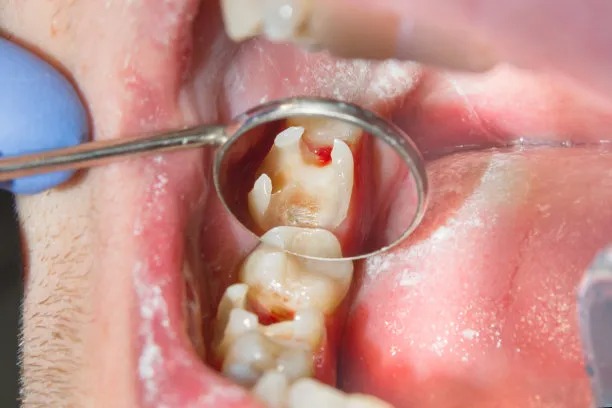Essential Guidelines to Ensure Safety and Efficacy During Root Canal Treatment Procedures
Summary: Root canal treatment is a crucial dental procedure to save infected or damaged teeth. Ensuring safety and efficacy during such treatments requires adherence to essential guidelines. This article outlines best practices focused on patient assessment, appropriate use of instruments, infection control measures, and patient post-treatment care. By harmonizing these components, dental practitioners can significantly elevate the success rate of root canal treatments while minimizing risks. Emphasizing the importance of these guidelines will enhance overall patient experience and satisfaction, ultimately leading to better oral health outcomes.
1. Comprehensive Patient Assessment Procedures

A thorough patient assessment is essential before initiating root canal treatment. Start by gathering the patients medical history, with a focus on any previous dental procedures, allergies, or underlying health conditions. Understanding the background helps in tailoring the approach and anticipating potential complications.
Next, perform a clinical examination of the affected tooth. Assess the condition of the tooth, surrounding tissues, and any signs of infection or abscess formation. Radiographic evaluation using X-rays provides crucial information regarding the root canal anatomy and spatial understanding, further aiding in treatment planning.
Finally, involve the patient in the decision-making process. Clearly explain the steps of the procedure, potential outcomes, and aftercare. Engaging patients fosters trust and ensures they are well-informed about the treatment journey ahead.
2. Ensuring Appropriate Use of Instruments
The selection and maintenance of appropriate instruments are vital components of safe and effective root canal treatment. Utilize high-quality endodontic instruments designed for specific functions, including rotary files and hand instruments suited for various canal types. Regular checks and calibrations should be performed on these instruments to ensure their reliability.
Moreover, training dental staff to use these instruments correctly is paramount. Continuous education and skills enhancement workshops should be attended to stay updated on the latest technologies and techniques. Proficiency in using tools not only enhances treatment efficacy but also minimizes the likelihood of complications.
Consideration for ergonomics during treatment is equally as significant. Proper handling of instruments can prevent unnecessary stress on the operator, facilitating smoother and more precise procedures. Comfort translates into better concentration, which directly affects the outcome of the treatment.
3. Implementing Strict Infection Control Measures
Infection control is an indispensable part of root canal treatment procedures. Begin by ensuring that all instruments are sterilized before use. Utilizing autoclaves and adhering to protocols established by health authorities will help in minimizing contamination risks.
Additionally, maintain strict aseptic techniques throughout the procedure. This includes appropriate hand hygiene, using disposable gloves, masks, and barriers, and ensuring a sterile field around the treatment site. A sterile environment significantly reduces the chances of post-operative infections.
Post-treatment, instruct patients on oral hygiene practices to further prevent infections. Emphasize the importance of routine dental follow-ups for monitoring and early intervention, should complications arise. Comprehensive education on aftercare can significantly contribute to the longevity and health of the treated tooth.
4. Comprehensive Patient Post-Treatment Care
Following root canal treatment, providing patients with thorough post-treatment care instructions is essential for a successful recovery. Begin with outlining any prescribed medications, including pain relievers and antibiotics, and highlight the importance of adhering to the dosage.
Moreover, educate patients on potential symptoms that warrant immediate attention, such as increased pain, swelling, or signs of fever. Encouraging open communication allows patients to feel more secure and informed about what to expect in their recovery.
Lastly, emphasize the necessity of regular dental check-ups after the procedure. Long-term success can often depend on preventative measures, such as professional cleanings and assessments, to ensure that the treated tooth remains functional and healthy for years to come.
Summary:
In conclusion, ensuring safety and efficacy in root canal treatments hinges on comprehensive patient assessment, the appropriate use of instruments, rigorous infection control, and effective post-treatment care. Each of these guidelines plays a critical role in achieving successful treatment outcomes and enhancing patient satisfaction.
By prioritizing these essential practices, dental professionals can uphold the highest standards of care in their practice. This article is compiled by Vickong Dental and the content is for reference only.



